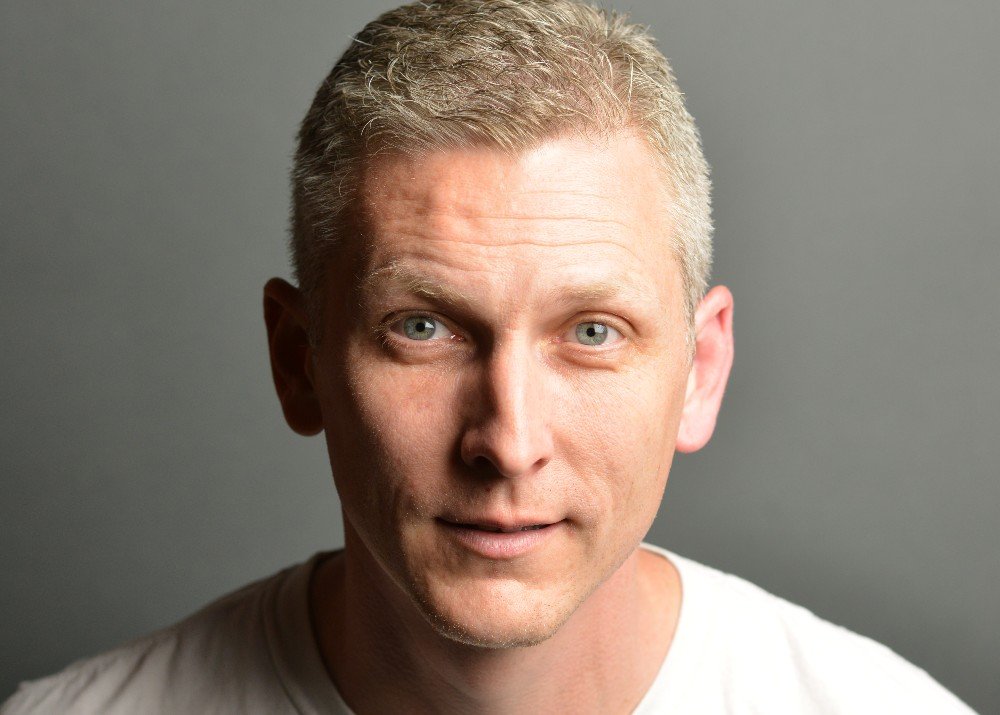
Kabam recently went through a major rebranding, removing the bomb icon from its corporate logo while giving the brand an overall sleeker, edgier look. “Our company has changed a lot over the years, and we wanted to ensure that our brand also reflected who we are and what we believe in,” Callie Jenkins, Kabam’s Senior Director of Product Marketing, told GameDaily.
The bomb may have vanished, but the oomph behind the Marvel Contest of Champions studio is still there. Kabam has weathered some upheaval as part of the company was spun-off into an independent entity called Aftershock, while the studio behind Contest of Champions is now leading the way, headquartered in a brand-new Vancouver tower. South Korea’s Netmarble then came along in 2017 to purchase the new Kabam for a reported $800 million.
“It was a very different company before the Netmarble acquisition,” Jenkins continued. “And we’re looking at a brand that was fairly old and had principles that were kind of based from 2010 and earlier, so it was time to update it.
“We are very focused on building excellent software and entertainment for players and engaging people globally. And so our approach with the players is we connect players from around the world so that they can make friends with other people and really enjoy playing these games with each other. And we have connected people on a global scale. We’re having more conversations with them, being more transparent with them, and beefing up our community teams as well so that we can have those discussions with the players to improve our products for them.”
Kabam’s new focus reminds me of EA’s ‘Players First’ mantra from several years ago.
We’re proud to finally unleash our new brand onto the mobile gaming world. It’s dynamic, always evolving, and emotionally charged. Check out the video below with your speakers turned up. pic.twitter.com/j83buq1rLu
— Kabam (@kabam) January 8, 2019
Tim Fields, who took over as CEO after Kevin Chou exited the company, explained, “We don’t start from asking, ‘How much money should we spend developing this?’ We start by asking, ‘How do we get something that’s going to get 200 million people across 90-plus countries to fall in love with this game and to want to take these characters and go on adventures with their friends, and tell their friends about it so that they can get to play the games together every day?’
“And it is always nice when the games generate the kind of money that we talk about in the past sometimes. That’s wonderful. That’s certainly a reflection of how much our players love what we do. They don’t have to pay us a penny, and so whenever they do, in many ways it’s a lot more gratifying when somebody gives me a dollar here than it was back in the console days. Because here, they can play the game and enjoy it as long as they want to without doing that.”
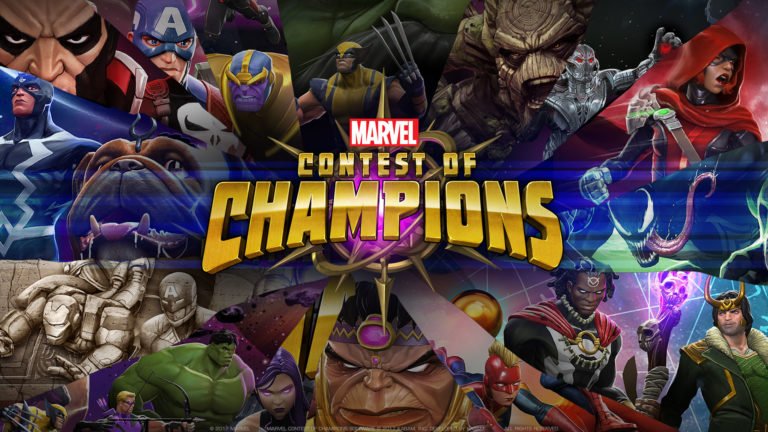
Epic Games’ Fortnite is perhaps the epitome of the whole players first idea. Epic’s game rose to the status of cultural phenomenon in part because they made the battle royale title playable whenever, wherever. Sony got caught up in the cross-platform maelstrom at first, then relented due to consumer pressures. Players’ expectations in 2018 became something very different from recent years past, and Kabam has learned a ton from being on the sidelines.
“Fundamentally, the platform is not important, the person at the other end of it is important,” Fields stressed. “That’s what matters. And when a user is on the bus, they should be able to play with whatever device they happen to have in their pocket. And when they walk into their home, if they’re wealthy enough to have a Smart TV on the wall, ideally that experience should jump to the Smart TV.
“There’s no reason to imagine that wouldn’t be the case. And I do think that games like Fortnite have obviously shown the way and shown us that what has been technically possible for a long time, is beyond technically possible, is actually something that consumers expect. The idea that I wouldn’t be able to carry my progress from one device to another, that I’d have to have different accounts, or that I would have to deal with this friction that we’d all just sort of grown up understanding we had to deal with, you know that’s ridiculous. And by 2025, maybe earlier than that, that’s going to seem very silly.
“The idea that every device I talk to, wherever I happen to be, can’t simply hear my voice, log me in, and get me back playing with my friends again, on whatever screen and input mechanism happens to be nearby and most convenient, that’s I world I believe in. And that’s a world Kabam would love to be a part of. Now, you know, in real life I still got to figure out how to get on a Samsung phone, I still got to work with Xiaomi, so we’re not quite in that future yet. But I very definitely believe in what you’re saying as a very clear way things will go because, fundamentally, that’s what players want. That’s what I want, as a gamer.”

Technology has enabled the world to become more connected than ever, and games are running on more and more devices. In a world where any game is playable anywhere, the distinction between mobile publisher and traditional publisher begins to vanish. That would put Kabam in direct competition with Epic, EA and others, but that’s not Fields’ primary concern right now.
“I’ve been making games 25 years now, professionally, and for actually quite a few years before that, before I realized anybody would ever actually pay for getting to play these games. And I have never seen a more complicated, more challenging, or more interesting and rewarding landscape than the one we’re in right now,” Fields noted. “And the reason for that, at its heart is, because we all do carry a PlayStation in our pockets, and I’m not talking about just folks on the West Coast of North America. In Cairo, in Lucknow, India, in cities in China that frankly I can barely pronounce, people are walking around with these amazing devices in their pockets. And even cooler than the visuals is that they connect everybody. So, the size of the stage upon which we get to perform these days is just breathtaking.
“The best types of games that we built in the past, you know, the most successful Call of Duty [games] of yesteryear, for example, the types of installs and total number of players those could reach are, while impressive, a fraction of what we can do with mobile free-to-play. So the size of the stage is just amazing now. But, also the complexity of that market from a device standpoint is much more sophisticated and complicated than it was in 2012, for example.
“You’re probably on a thousand dollar iPhone right now, like folks on this call probably have. Take that and compare it to the phones that Reliance Jio is flooding India with right now, and now recognize that we have to make these games play beautifully on both of those devices. Those are devices that cost about fifty bucks, right? And, we even let those people play together. And have a great experience together. And then, some of the standards that we’ve seen in technology over the last few years, with the real-time chat translation means that again we have the ability now to bring people together, but that’s also incredibly complicated stuff.”
Making everything smooth across devices, operating systems and geographic markets is one big challenge for any major mobile company, but perhaps even more critical is user acquisition and retention.
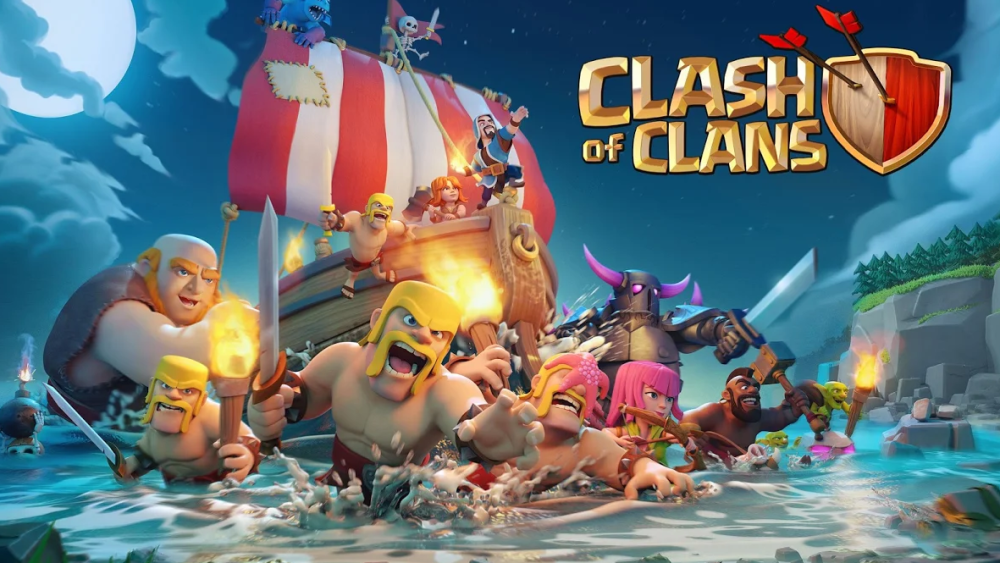
“From a marketing standpoint, five years ago when Supercell first launched Clash of Clans, the market for user acquisition was a lot different than it is now,” Fields described. “And so, we have seen consolidation because it just is really difficult to go acquire users through paid channels unless you’ve got a pretty mighty war chest — which is why you see consolidation with the Supercells and the Zyngas and Kabams, and a sort of smaller number of players on the mobile side in particular. And the relatively stagnant nature of the Top 10 or even Top 20 charts, over the last few years, sort of reflects that.
“It’s very hard to have the marketing muscle to break into the public awareness the way you could six or seven years ago. Now that takes either phenomenal intellectual properties, something like Marvel, or a huge war chest of user acquisition money, or both. And so, yeah, that has made the market more challenging. More exciting, for the reasons I just mentioned with regard to all the players, but also more challenging because of the consolidation and high cost for install and just the sheer technical complexity that we just talked about.”
Kevin Chou was quoted in the past about Kabam’s massive console-level budgets (tens of millions of dollars) with visual fidelity to match, but Fields is less worried about graphics than he is ensuring Kabam’s games act as social glue.
“I think that thinking about the development budget and the marketing budget for these kind of games is valuable, particularly valuable if you’re somebody awesome like Kevin, who really understands going out and raising money from VC. But that’s not the world that we’re in anymore,” Fields stated. “Kabam is now wholly owned by Netmarble and we’re still independently run though, and our mission, our goal, is very much to entertain players around the world with these wonderful games. And, it is true, development budgets continue to rise. That’s always regrettable, but it’s really quite beside the point.
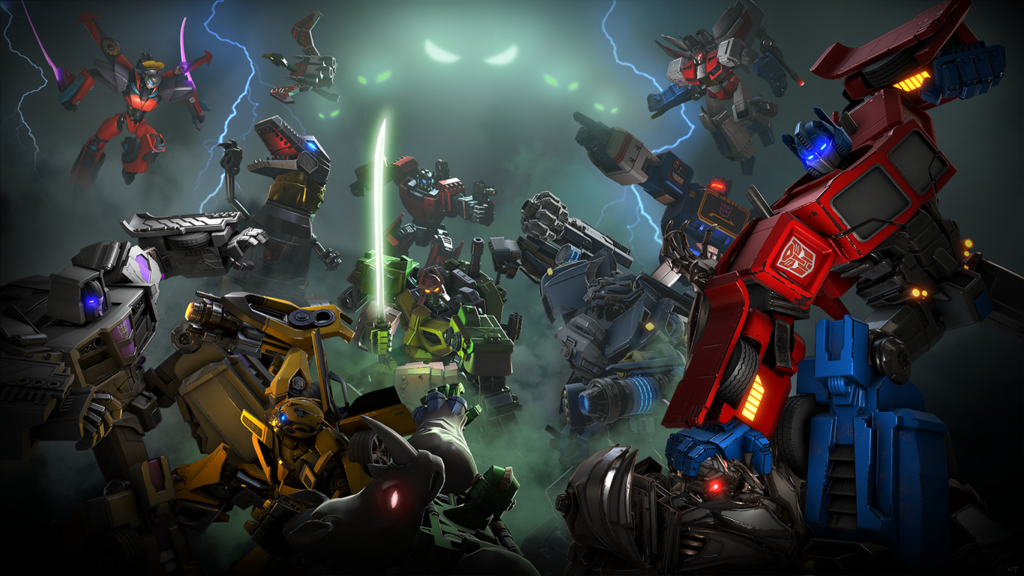
“It’s true that the graphics these days do seem to be about PlayStation 3 level quality in terms of shaders and what we can deliver there… But, more than being visually beautiful, which I think is very important in games like Marvel Contest of Champions and Transformers Forged to Fight because it attracts people’s eyeballs initially, but what’s a lot more important is giving them this hugely accessible core toy and this deep RPG gameplay that, while it might look quite simple on the surface, actually keeps them engaged for weeks and months at a time. And then it gives them the social elements that make these games truly deep, ongoing social experiences, so that they’re making new friends.
“They’ve been sharing together with these friends for months and years at a time. And that’s how we’ve accomplished the successes that we have, with games like Contest of Champions, where we’ve got people who played every day for more than four years now. And, frankly, that I expect will play for the next several years, every single day. I know I will.”
Kabam made a big splash some years ago with its original IP Kingdoms of Camelot, but some of Kabam’s greatest success have come from licensed IP, Marvel being the primary example. Playing the licensed game can be tricky, however, even with the best of the best, as we’ve seen with EA’s ongoing stewardship of the Star Wars video games. Some companies have had an overreliance on licenses. The old THQ and Glu Mobile come to mind.
“Our goal is to give players the chance to play with characters that they love, either those that they create or ones that they grew up caring about, the way they do about The Avengers, or similar,” commented Fields. “We are largely IP agnostic, excepting the following. It’s a pretty hardcore passionate bunch here at Kabam … I’m talking about the developers, the people that make the games themselves. So, we’re not interested really in chasing intellectual property or building IP that doesn’t resonate with the folks. Fundamentally, if the kids here don’t care about it and want to spend the next five years of their lives building it then we’re not going to do that.
“And Glu, I think [CEO] Nick [Earl], has done a great job running that place over the last few years, but they sometimes have strayed more widely than Kabam probably would in terms of the types of products and characters and stories that we would want to bring to market.
“In the last few years, we achieved these great synergies with the Marvel Cinematic Universe. It is not essential to our business, but it is very important, so we will continue to work with the best IP holders in the world, when there are characters and stories that we want to work with them to tell and bring to life for our fans. Beyond that, we’d be happy to continue to create our own new IP when we thought [it could meet our criteria for success].”
Kabam essentially needs a new IP investment to hit two key metrics. One is the game must be able to garner around 200 million players. And two, will Kabam’s staff be energized by it to the point where they’ll commit to working on it for 5-10 years?
“Creating a new IP and bringing it to market successfully, that’s a billion dollar problem. No exaggeration at this point,” Fields said. “And that’s going to take you about ten years, right? If you look at anything from Tomb Raider, between the time the first one came out in ’94, ’95 roughly, to the time there was a movie in place and you could, by any standards, call that a strong, established IP, that was a decade. That was a fortune. And so, what I need are this, teams with the stamina and passion for a project to want to stay in the ring for a decade. And when we’ve got that, then we will go spend energy on that intellectual property.”
One way to grow a great brand, whether licensed or not, is to engage in transmedia. Fields said Kabam is definitely interested in pursuing that route with upcoming projects.
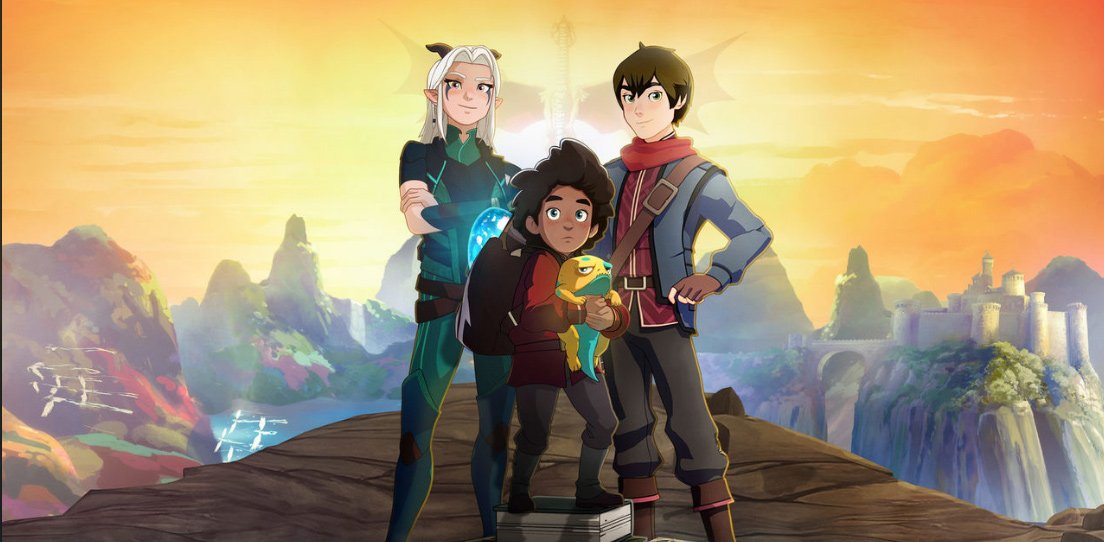
“Let’s say that the four of us sit down and come up with an IP tomorrow and, gosh, we love this thing, we really want to get it out there. What’s the right way to do it? Is it just through a video game? Maybe. Or do you do what groups like Wonderstorm are doing down in LA with the Dragon Prince?” Fields pondered out loud.
“Should you be thinking about IP as something that is expressed in a single platform or single medium, or, like you and I were talking about just a second ago, should I be asking instead, ‘Okay, how do we bring this thing to every person on the planet on whatever platform it is that they care about, interactive or otherwise?’ And actually, I think that’s a far more interesting way to think about new intellectual property. And I do hope to spend some energy on that with all these wonderful folks here at Kabam over the next decade.”
He added, “We make games, that’s what we do. But, we’re always interested in partnering with people who can help us think about transmedia opportunities, and if that’s a wonderful physical toy, cool. And if that’s a board game by somebody, then that’s wonderful. Hey, guys who make Gloomhaven, come talk to us. Let’s figure out how to make a board game that awesome and hardcore out of something we do. Folks who build animation, let’s talk about what that would look like. Do I want to see a Netflix cartoon for Contest of Champions? Absolutely, yes I do. Obviously Marvel might have their own thoughts on that, [but] that’s the kind of stuff we’d love to do.”
Aside from transmedia, Fields is also closely watching emerging tech like AR, which Apple, Google and others are all highly invested in. He admitted that so far, the applications have been somewhat “gimmicky,” but he has high hopes, especially for location-based apps like what Niantic did with Pokemon Go.
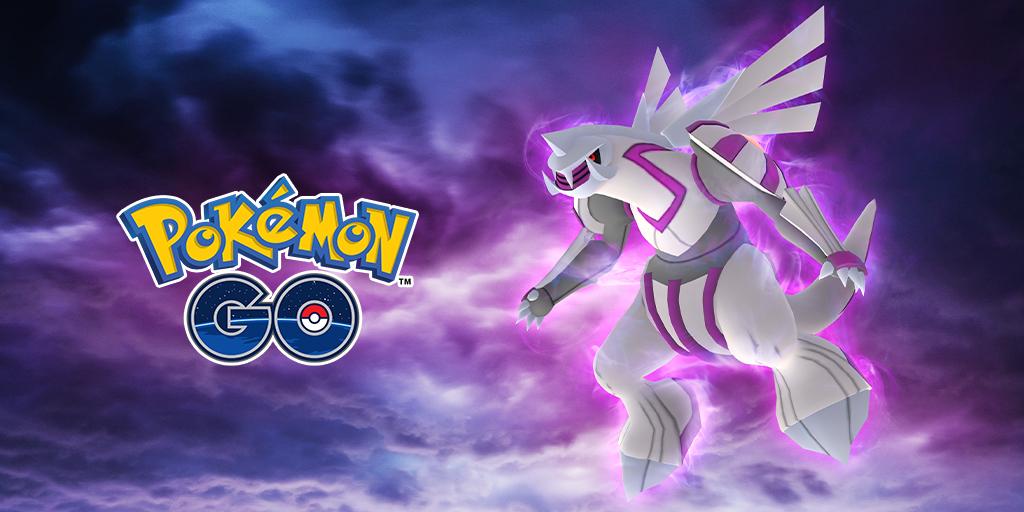
“To me, that is far more exciting because it asks the question, ‘Hey, how do I let people make friends with others who are in their physical proximity? Or, how do I let people converge in a real world location out of some shared love of something going in a game?’ And that one, to me, gets me incredibly excited, more so than seeing something through a viewfinder. Because it ties into that, what’s obviously coming across as an obsession in this discussion, but is an obsession with using games as a way of bringing humans together,” Fields remarked.
“So I’m really eager to continue to watch us as an industry across the board, continue to move that forward. Because I think there’s so much more that can be done there, and Kabam is interested in that… and eager to start to bring location based [content] to life in our games going forward.”
At the end of the day, Fields just wants to connect people with great entertainment. Netflix has recognized the threat of Fortnite, but the competitive landscape in 2019 has never been tougher.
“I used to tell my designers 20 years ago, ‘Your competition is not other games on a PlayStation, your competition is kissing that person you’re excited about. Your competition is the best meal you can have. Your competition is what the most awesome movie is.’ What I’m competing with, whatever game we build, is the total sum of pleasurable human enterprise out there, because that’s where you and I, each, could go spend our time on instead. And so that minute that you choose to spend playing a game, truly I’m competing with every other wonderful thing in the world.
“I think that’s a very valuable way for game builders and content builders of any kind to think about this problem. The only thing that matters is your attention, is that you care. Which is why I put monetization so far down the list of things that matter. If they love you and are willing to spend time on you, then there’s unlimited money in that.”
 GameDaily.biz © 2025 | All Rights Reserved.
GameDaily.biz © 2025 | All Rights Reserved.